With its high-tech testing facilities and advanced testing methods, the Global Proving Ground Immendingen continues to set new standards across the industry. This also includes the so-called automated Heide durability circuit. In this test, driving robots steer the test vehicles completely autonomously along a rough-road track. The track’s potholes, bumps and cobblestones pose a particular challenge for the chassis and body.
The automation of this process increases the precision of driving manoeuvres, reduces the strain on human test drivers, enables 24/7 operation and significantly accelerates testing – all while maintaining the same level of stress on the cars. Depending on the vehicle type, the test vehicles must complete up to 6,000 kilometres on this circuit, which is equivalent to 300,000 kilometres of customer driving. This means that one kilometre on the Heide durability circuit is equivalent to 150 kilometres on an extremely poor road, littered with deep potholes, among other things. The test module is named after a very challenging rough-road track in the Lüneburg Heath dating back to the 1950s.
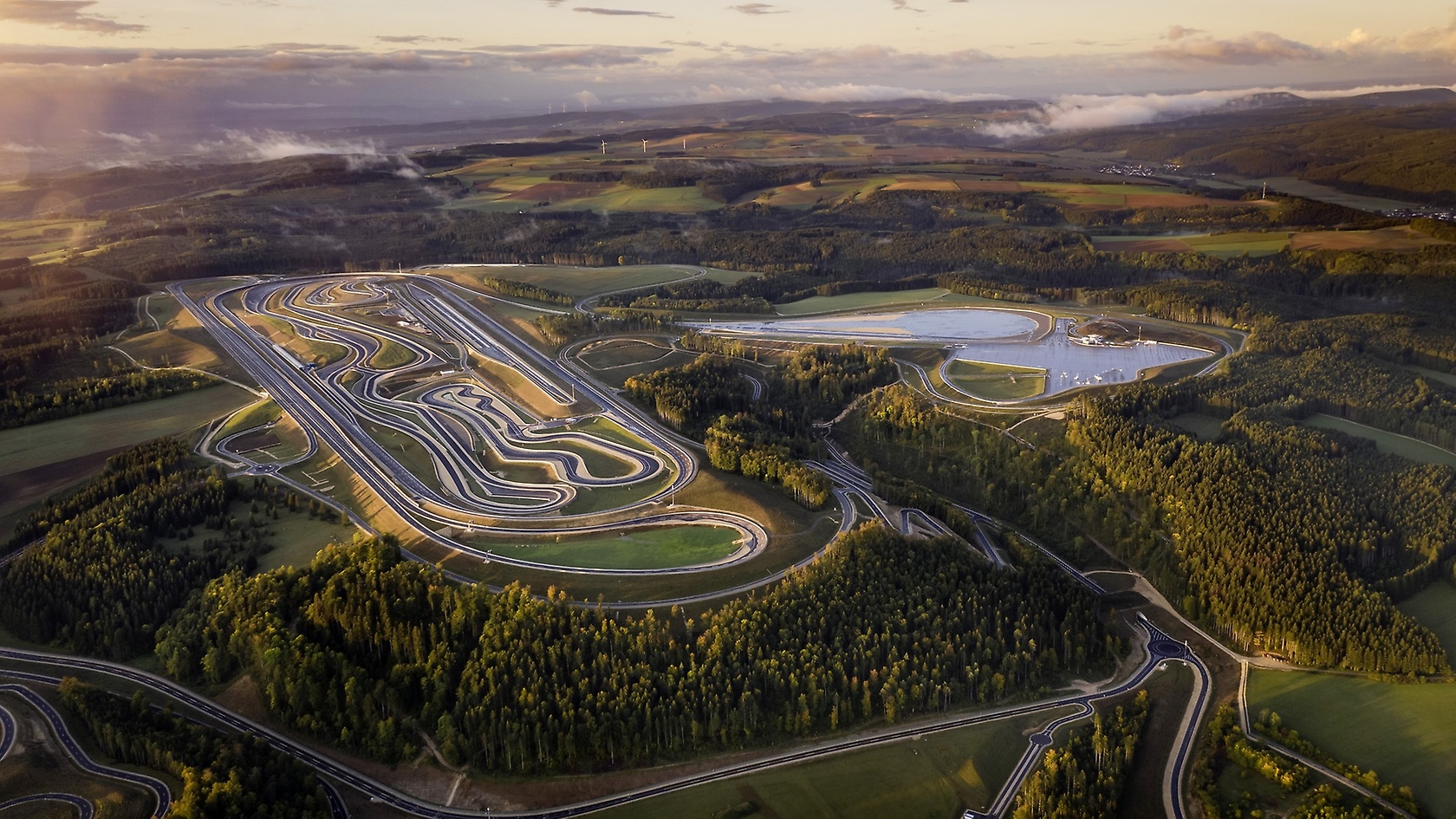,xPosition=0,yPosition=0.5)
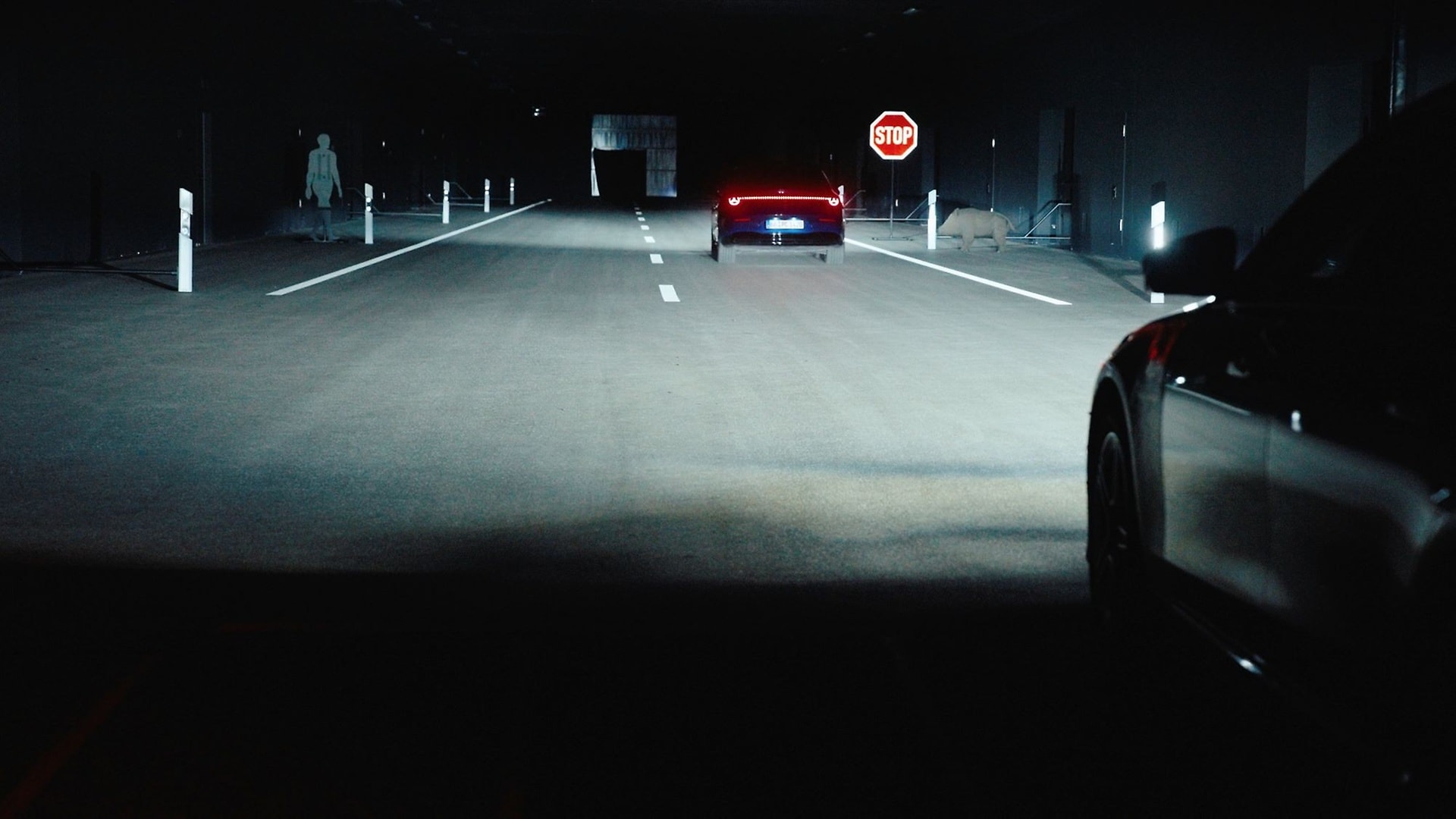


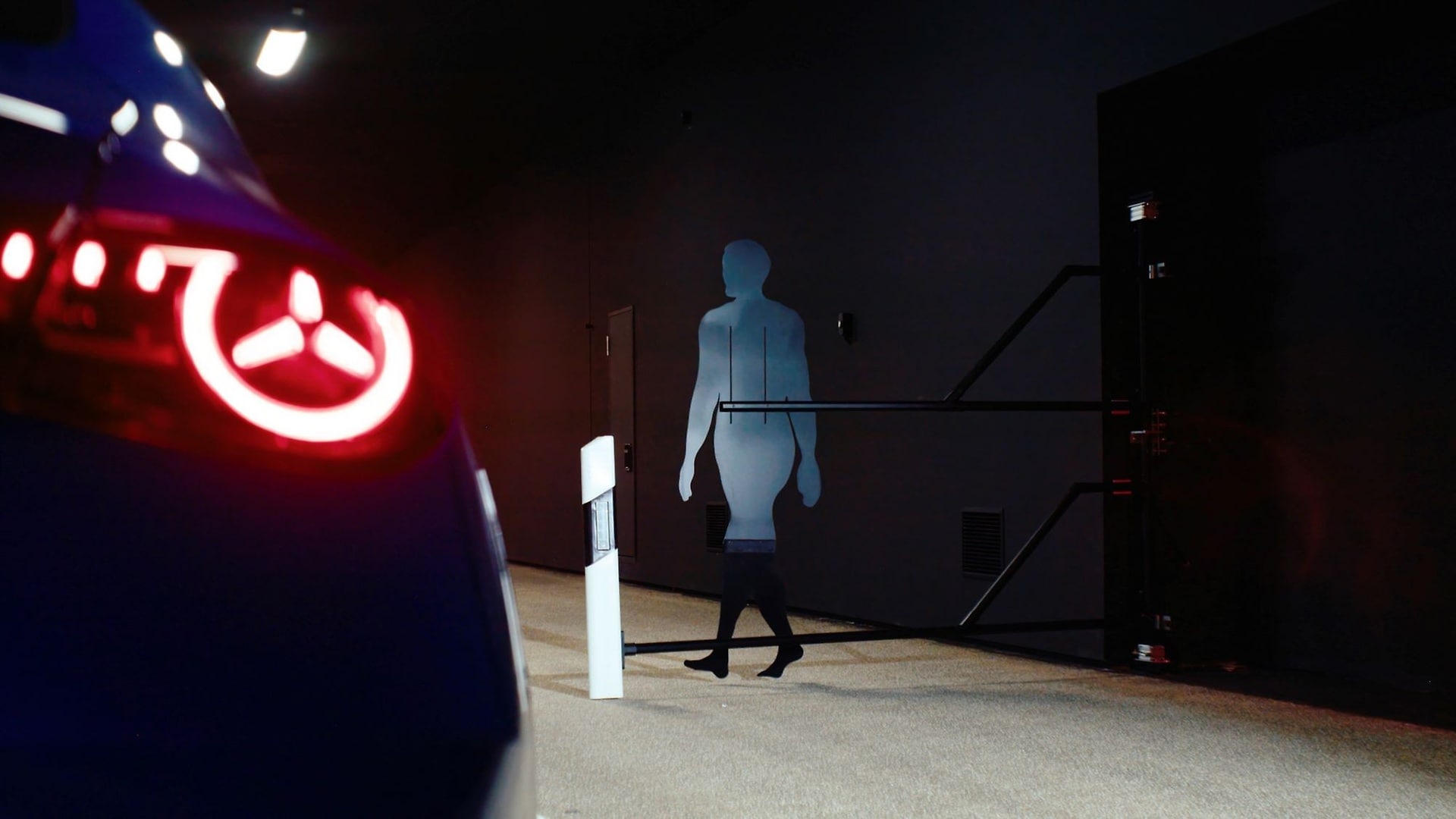
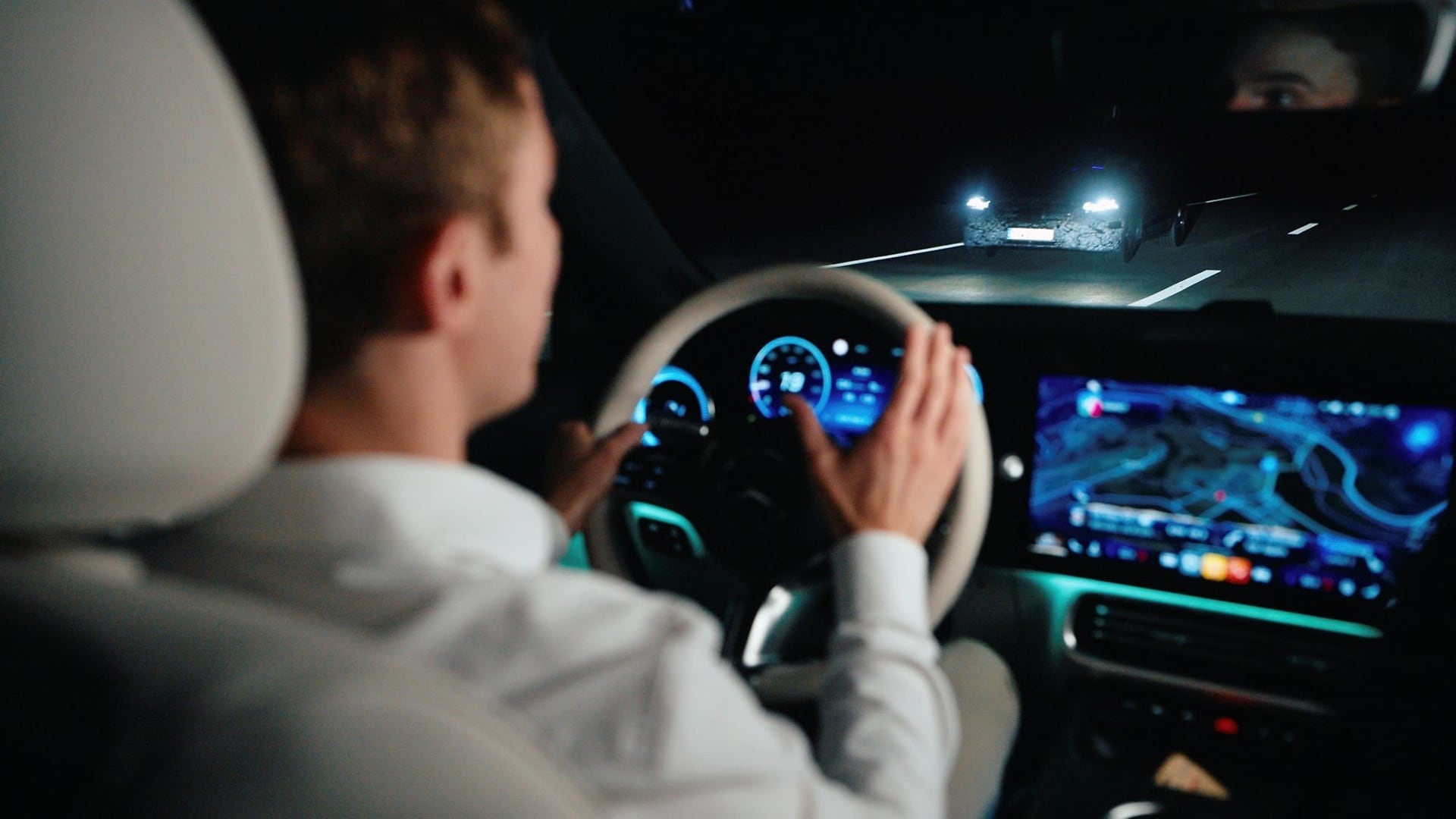
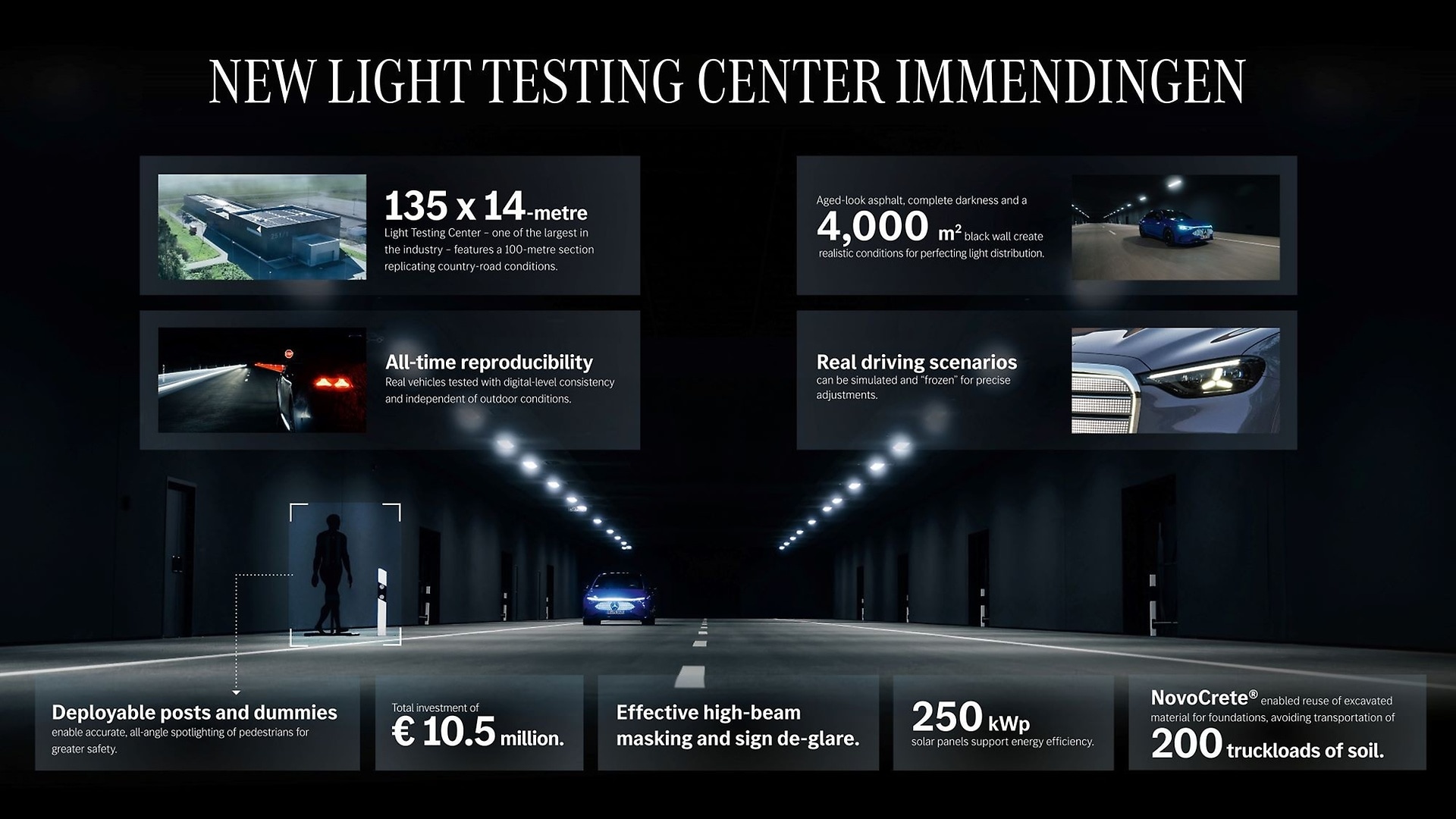
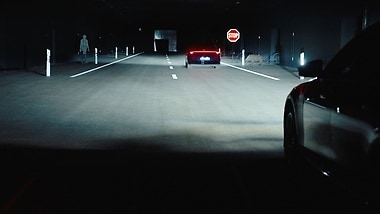
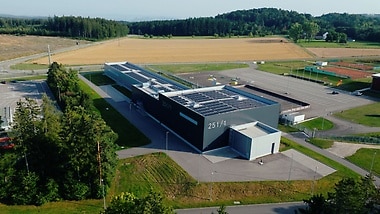
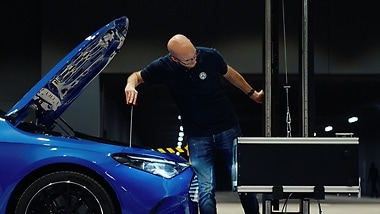
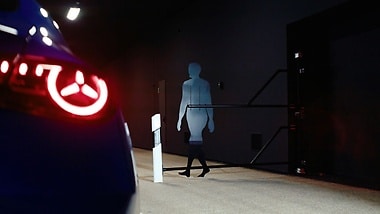
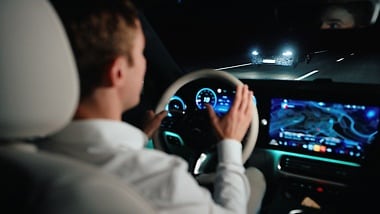
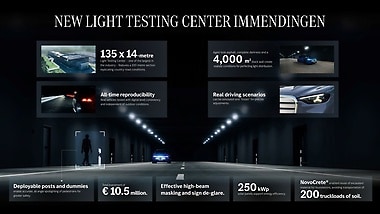
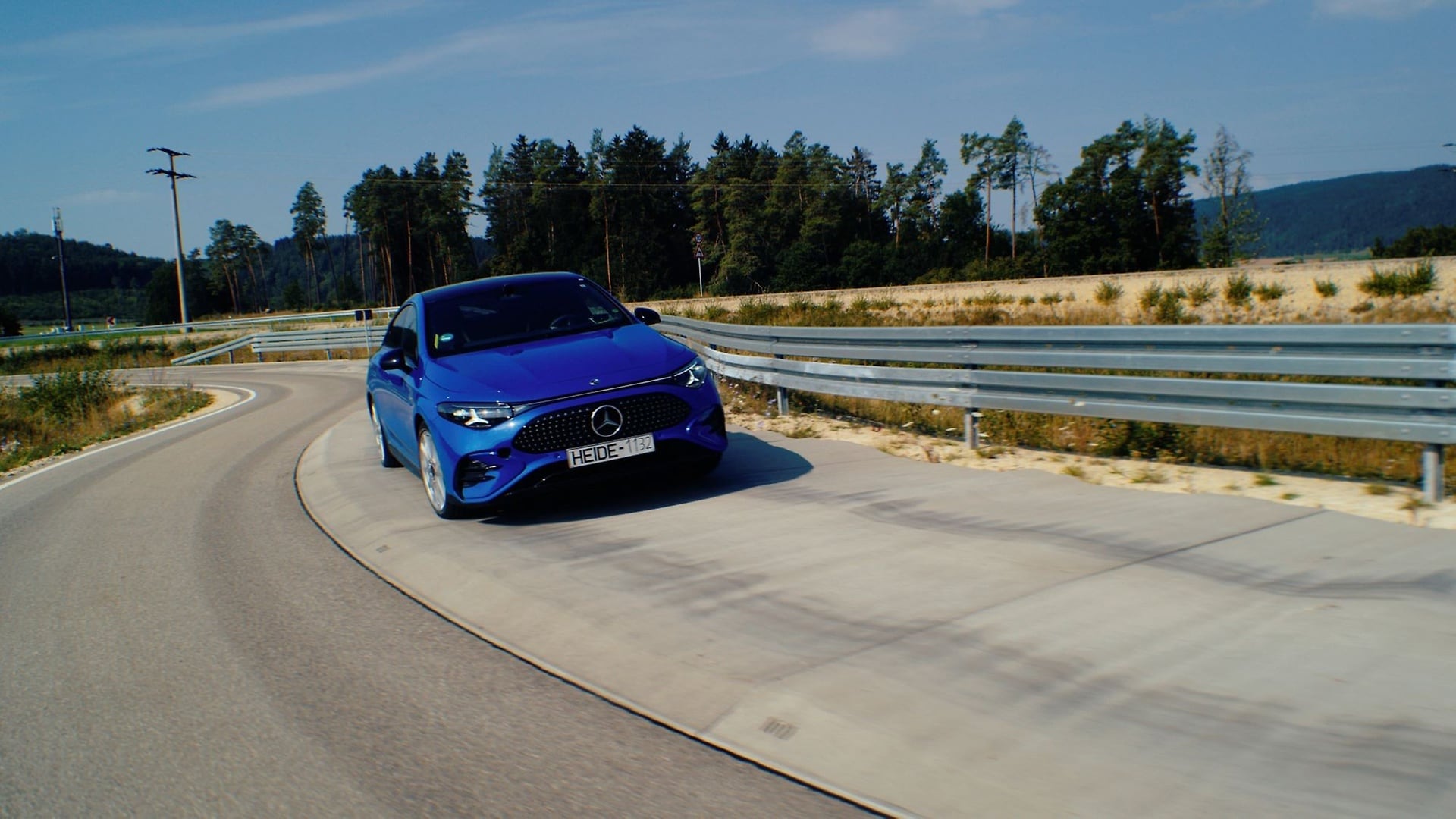
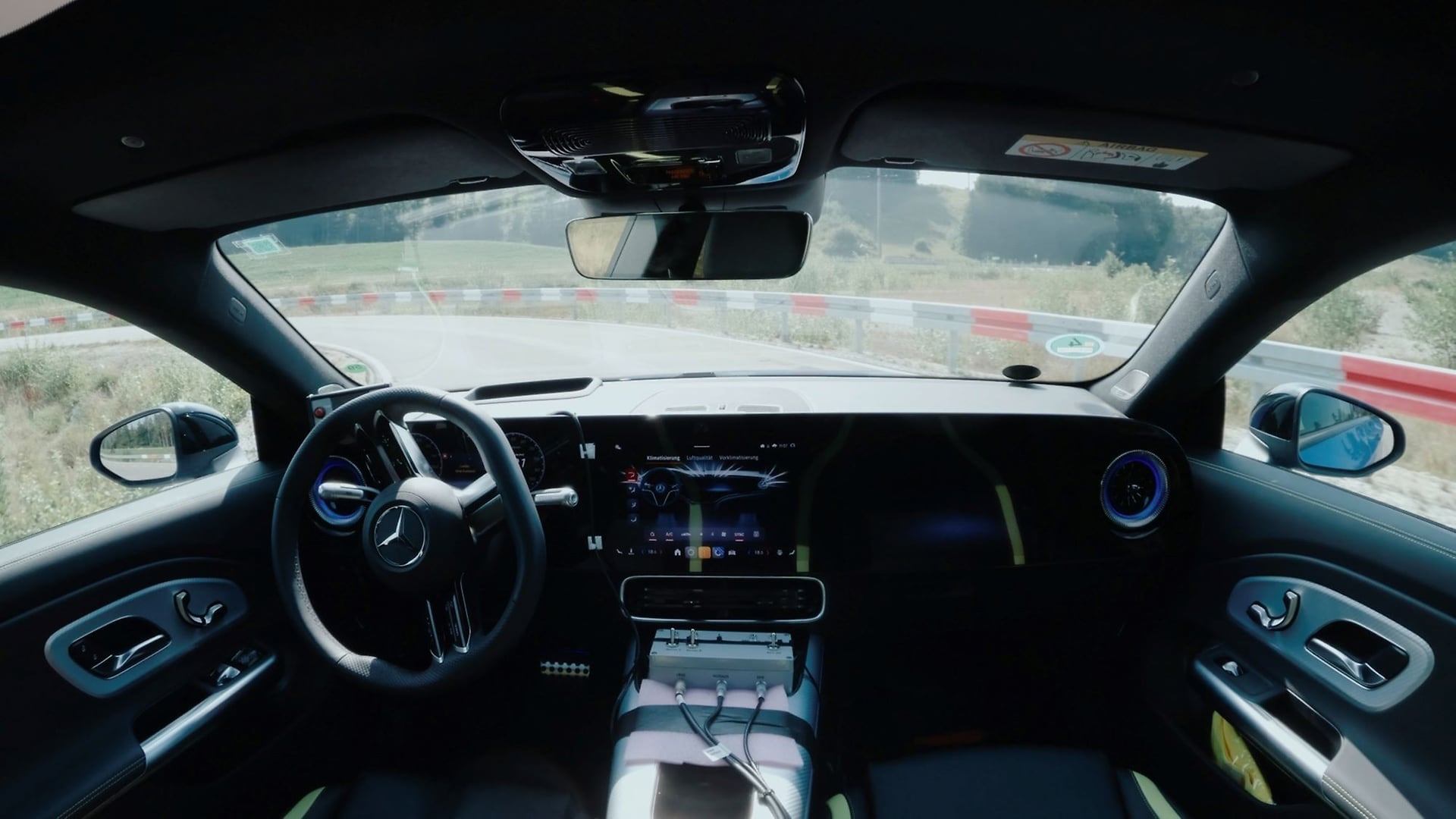
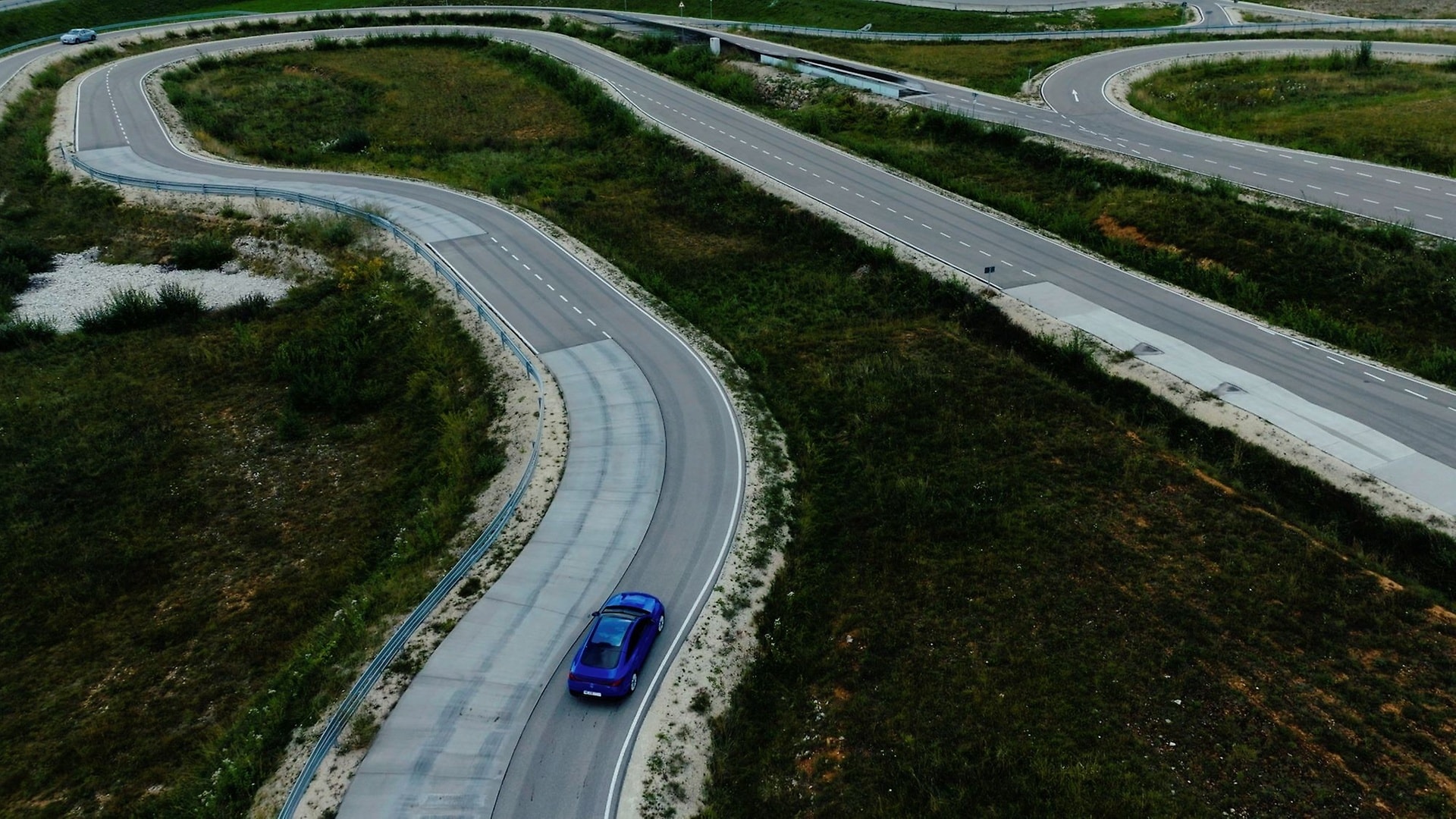
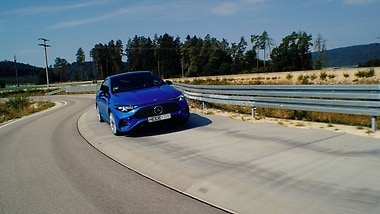
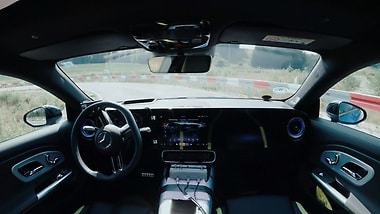
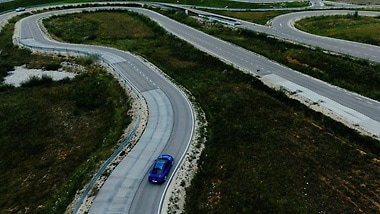

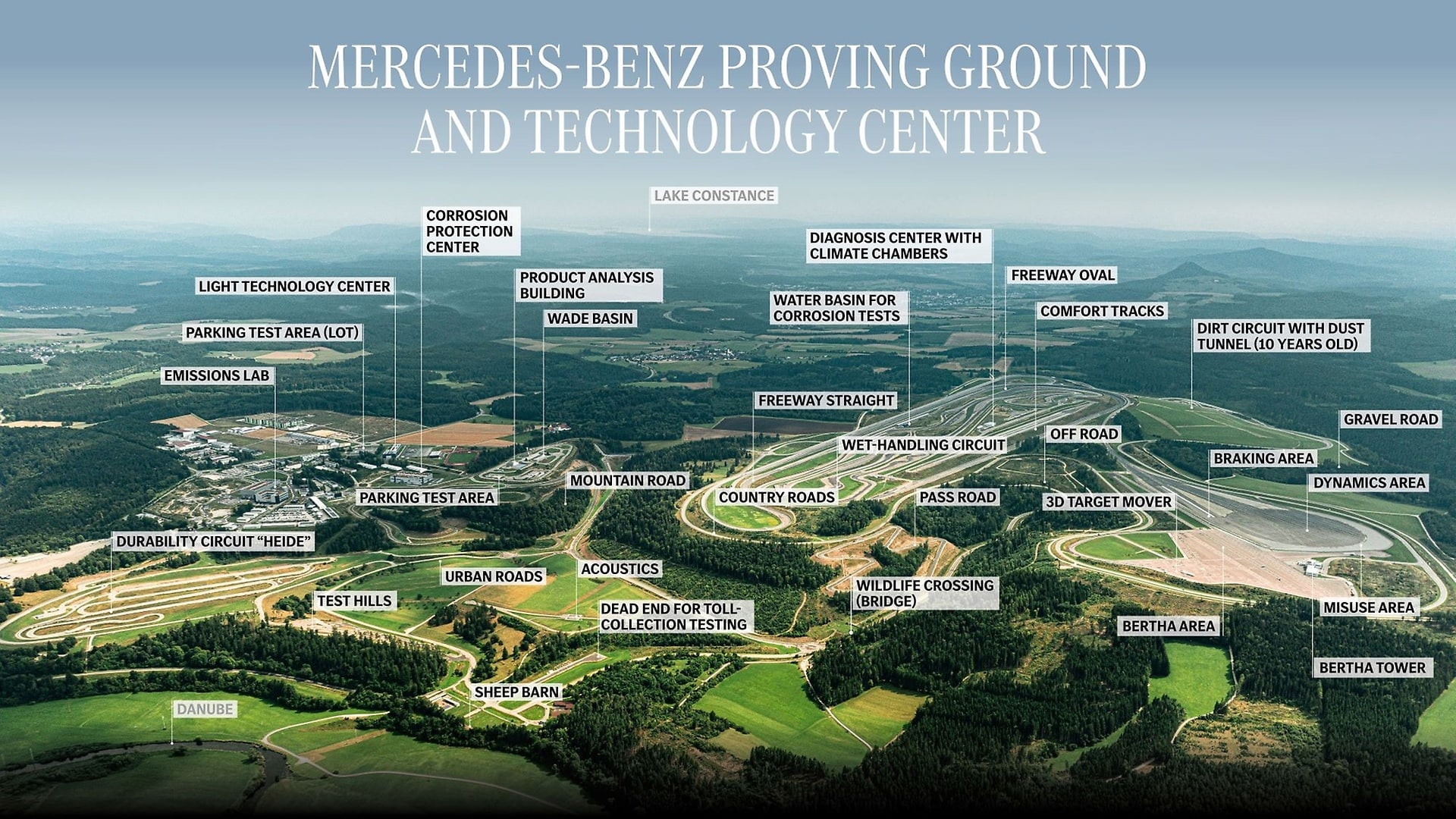
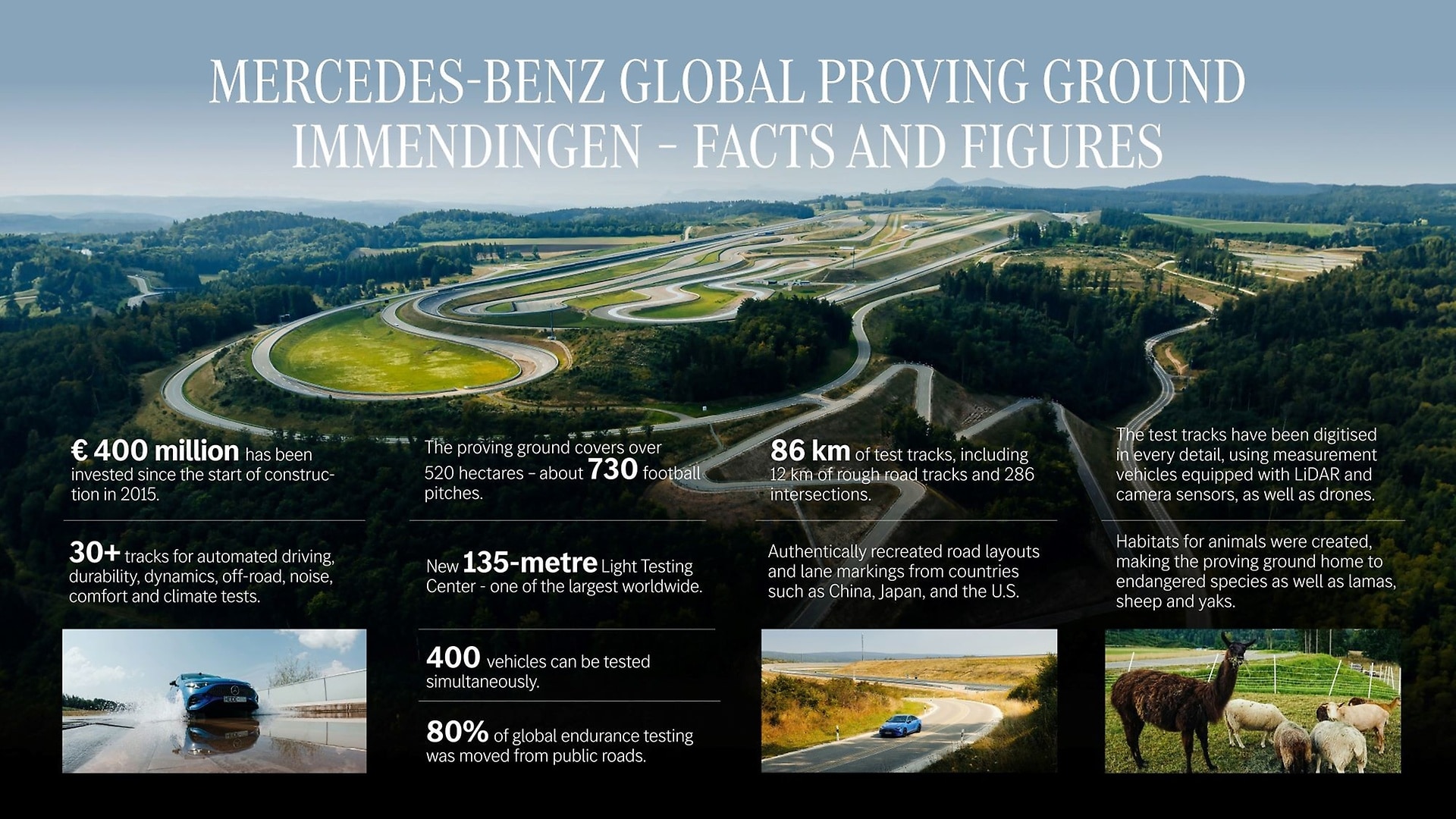
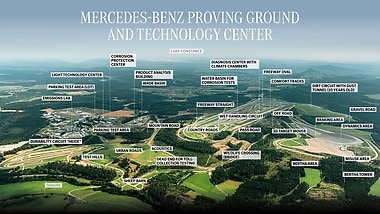
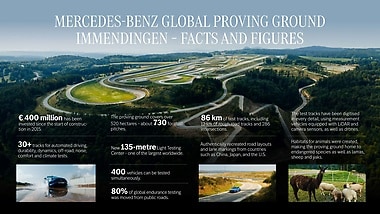
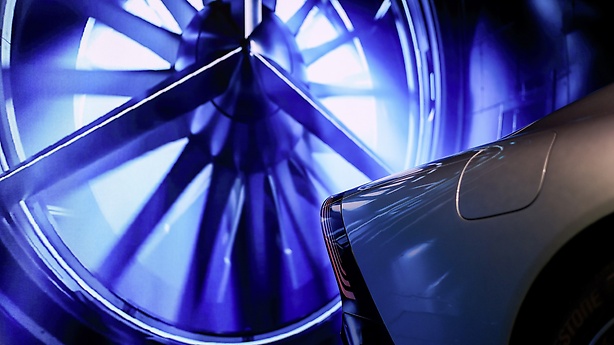,xPosition=0.5,yPosition=0)